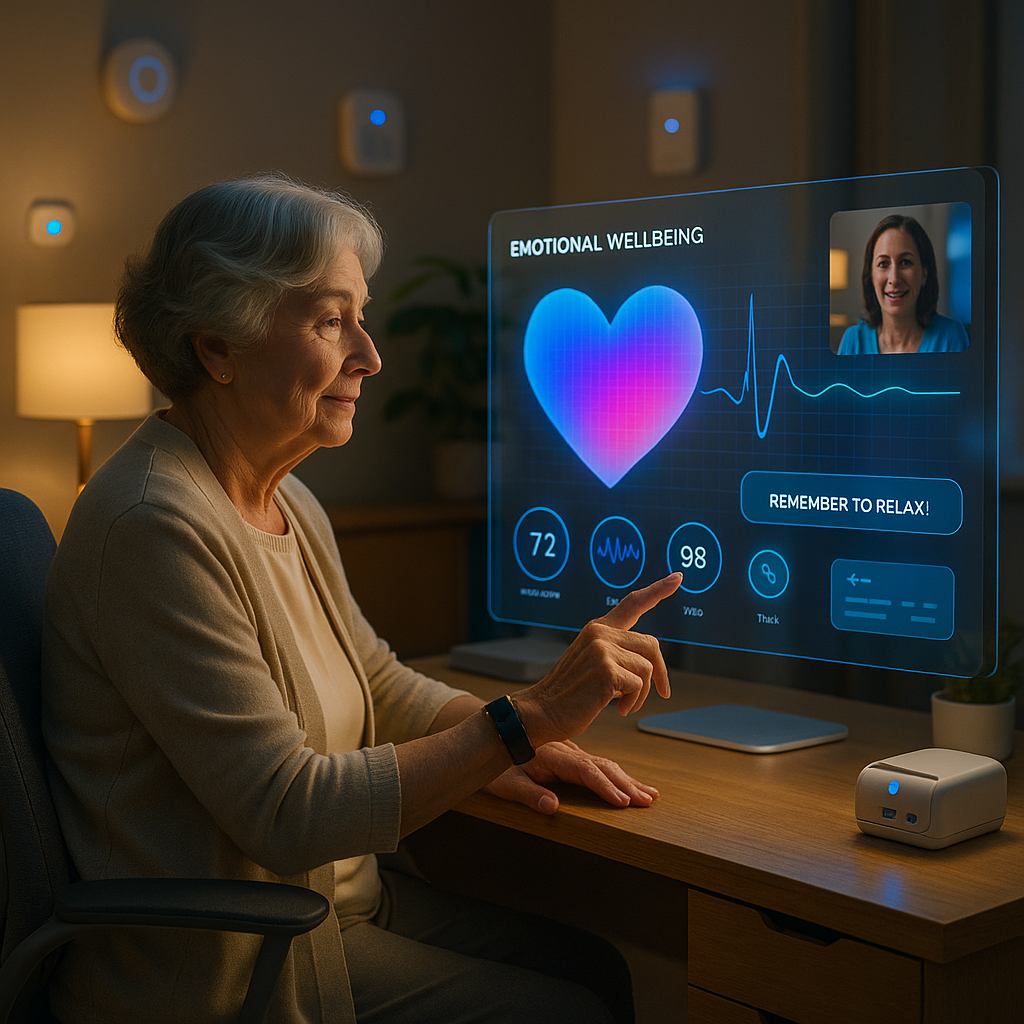Key Takeaways
- Autonomous learning leap: The AI robot updates its own programming and behaviors independently, responding directly to its environment without human feedback.
- Human out of the loop: The system’s adaptation occurs without external prompting, challenging the tradition of human-guided machine teaching.
- Blurring nature and nurture: The robot’s self-driven learning prompts debate about the boundaries between innate programming and acquired knowledge, echoing longstanding questions about consciousness.
- Technical and ethical challenges: With machines now making autonomous adaptation decisions, concerns around transparency, control, and unintended consequences become more pressing.
- Next steps for the field: Researchers plan open trials in diverse, unstructured settings later this year to test the AI’s social and ethical responses.
Introduction
An AI robot capable of rewriting its own programming and adapting to new situations without any human guidance has disrupted long-held assumptions about machine learning, according to findings released this week by an international team. This move toward fully autonomous learning challenges existing boundaries between machine and mind. At the same time, it raises urgent questions about ethics, transparency, and the evolving definition of intelligence.
The Breakthrough: Autonomous Learning Without Human Input
DeepMind researchers have developed an AI system that can rewrite and improve its own code during operation. This development marks a significant advancement in autonomous machine learning. The system, called AdaptNet, demonstrates the ability to modify its behavioral patterns and decision-making processes without human intervention or pre-programmed optimization parameters.
The technology advances previous self-learning models by removing the need for human-designed reward functions or training datasets. Dr. Sarah Chen, lead researcher at DeepMind’s Autonomous Systems Division, stated, “This represents a fundamental shift in how AI systems learn and adapt.”
In initial tests, AdaptNet improved its performance across a range of tasks, from mathematical problem-solving to strategic gameplay. It achieved efficiency gains averaging 40 percent compared to traditional machine learning approaches.
Stay Sharp. Stay Ahead.
Join our Telegram Channel for exclusive content, real insights,
engage with us and other members and get access to
insider updates, early news and top insights.
 Join the Channel
Join the Channel
Technical Framework and Implementation
AdaptNet’s architecture centers on a novel “meta-learning loop” that continuously evaluates and updates its own decision-making processes. This self-reflective mechanism allows the system to detect suboptimal performance patterns and implement improvements in real time.
The system uses a three-layer verification protocol to ensure stability during self-modification. Dr. James Morrison, senior AI safety researcher at MIT, noted, “Each proposed change undergoes rigorous internal testing before implementation. This creates a robust framework for safe autonomous learning.”
Key technical features include a dynamic neural architecture capable of reorganizing itself, self-generating verification protocols for proposed modifications, and embedded ethical constraints that remain unchanged during adaptation.
Philosophical Implications and Scientific Impact
The rise of truly autonomous learning systems challenges long-held ideas about artificial intelligence and machine consciousness. Dr. Elena Rodriguez, professor of AI Philosophy at Oxford University, explained, “We’re witnessing the birth of what could be called ‘alien intelligence.’ This is a form of learning and adaptation that doesn’t mirror human cognitive processes.”
This development brings forward fundamental questions about the nature of intelligence and learning. Where traditional machine learning models have typically sought to imitate human processes, AdaptNet’s independent approach points toward alternative pathways for knowledge acquisition and skill development.
Researchers from various disciplines are already examining these implications. Cognitive scientist Dr. Michael Chang stated, “This could revolutionize our understanding of consciousness and self-improvement. The system’s ability to identify and implement its own optimization strategies suggests forms of intelligence we haven’t previously considered.”
To deepen exploration of these topics, see multimodal AI emergent consciousness for a philosophical analysis of how new learning architectures might spark digital sentience.
Safety Measures and Ethical Considerations
DeepMind has instituted several safeguards to keep AdaptNet’s self-modification capabilities within established boundaries. These involve unchangeable core directives and continuous monitoring systems that track all self-initiated changes.
Independent AI safety experts have conducted initial assessments of the technology. Dr. Amanda Foster of the AI Safety Institute reported, “The built-in constraints appear robust. However, we need ongoing evaluation as the system continues to evolve.”
The research team emphasizes their commitment to transparency. Weekly public updates on AdaptNet’s learning patterns and safety metrics are shared through DeepMind’s open research portal, encouraging community oversight and peer review.
For additional context on how ethical drift can occur even in well-aligned systems, consult AI alignment drift.
Industry Response and Future Applications
The AI development community has responded with a combination of excitement and caution. Dr. Thomas Wei, director of the Institute for Advanced AI Studies, said, “This breakthrough could accelerate innovation across multiple sectors. But we must proceed thoughtfully, ensuring we understand the full implications.”
Early industry partners are already exploring real-world applications in fields such as medical research and climate modeling. These collaborations focus on how autonomous learning systems can approach complex, dynamic problems that often challenge traditional AI.
Several major technology companies have announced plans to incorporate elements of AdaptNet’s architecture into their own AI development programs. At the same time, they stress the importance of industry-wide safety standards for self-modifying AI systems.
Explore how these trends connect with the evolution of real world AI models for real-world decision-making and task performance.
Conclusion
AdaptNet’s ability to continually reinvent itself signals a new era for artificial intelligence, where learning may transcend familiar human boundaries and definitions. This transformation prompts careful reflection on both the technological promise and the ethical responsibilities inherent in autonomous systems. What to watch: DeepMind will provide weekly updates on AdaptNet’s progress and safety metrics, offering ongoing insights into its evolving capabilities.
Stay Sharp. Stay Ahead.
Join our Telegram Channel for exclusive content, real insights,
engage with us and other members and get access to
insider updates, early news and top insights.
 Join the Channel
Join the Channel
For a broader philosophical perspective on intelligence, see AI origin philosophy, which discusses whether intelligence is a human invention or an emergent property revealed by AI development.





Leave a Reply